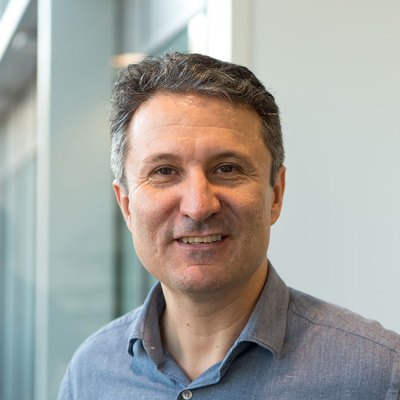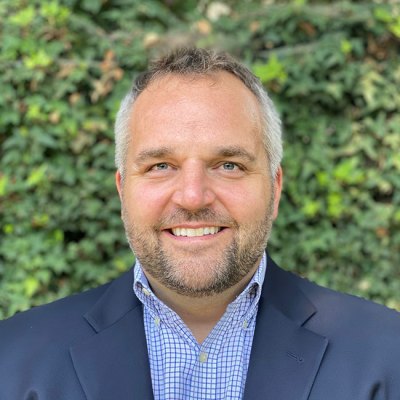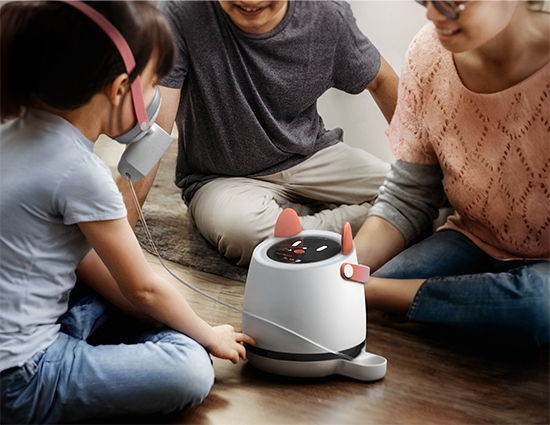These are crucial times for the future of ophthalmology. Twin critical healthcare challenges are uppermost in my mind right now – the chronic reduction in time and money available per patient coupled with spiralling patient expectations. Technology wise, we are better placed than ever to confront them, but continued innovation will not solve everything. It is data that’s the lynchpin. As an industry, we must agree on ways to ensure that data can flow freely between services and devices to address our problems faster and better.
The importance of data interoperability is a key theme here at CC as the team continues to debate the future of eyecare. It is difficult to disentangle which area is having the most profound impact, but it is possible to identify the areas that we can influence as an industry. For example, we can’t control changes in patient demographics, but we may be able to influence patient behaviour (remote consultations instead of in-person ones, and so on). We might not be able to drive the development of ever-greater computer power and AI algorithms, yet as a speciality we can continue to apply them successfully – as we have done with screening tools for retinal diseases.
But my question is this. What if we could do more than influencing here and there? What if we could guide (control is perhaps too strong a word in this context) the direction and the interactions between these different areas? And what if we could to it in such a way that the industry continues to innovate without stifling competition while patients continue to improve their quality of life? I passionately believe this is possible. And that brings me back to the need to create a vision of where we want to go, so that we can find the path to get there.
We face mutually incompatible problems
A vision needs to solve a specific problem, otherwise it is no more than wishful thinking. So, let’s examine the task ahead of us. We’re facing one, an increasing older population; two, a reduction in the effective number of doctors per capita that cannot be solved in the short term by training more doctors; and three, the increased expectations of patients. The first two effectively result in less time and money spent per patient while the last one puts emphasis on a higher standard of care… mutually incompatible problems.
I’m not going to presume that I have the answer to this very complex conundrum. But will revert to my favoured exercise to simplify the problem. I first assume the challenge can be solved and then imagine how the situation would look. What technologies could have been used, what behavioural changes may have happened, what changes may have transformed the healthcare industry? With a specific vision created in this way, we can at least start thinking of a path to take us in that direction.
I’ve been very generic so far, but now it’s time to dive into some detail. Ultimately, healthcare is about the patients and their quality of life. So, let’s think about how the life of a patient may be in 20 years’ time. It’s safe to predict that the majority of patients will be older and have age related degenerative conditions such as glaucoma or age-related macular degeneration (AMD).
Today, these patients need to have frequent visits to tertiary care settings. Their treatments vary but often include invasive options such as laser treatments, implants and intravitreal injection therapies (IVT) in addition to less invasive therapies such as topical drugs. Comorbidities are common and their treatment regimens may have to be comanaged between different specialists. The burden on the patients and their carers can be large, especially with repetitive invasive procedures like IVT or when disease progression is not slowed as expected. The emotional toll can be very high.
Patient data from many different sources
We can imagine that in 20 years these patients could be managed mostly from home with less frequent visits to the doctor’s office or hospital – when richer data would be available to discuss and decide treatment. In some patients, data could be collected via an implant that could also regulate drug release from a reservoir inside the eye. Others could use a home device or even an app on their smartphones (or whatever personal device we use in the future) to monitor changes in their eye. This could be as complex as an OCT scanner (for example Notal Home OCT) or as simple as the analysis of how eye movement statistics change over time. It is likely that data will come from many different sources, including wearables, personal devices, dedicated home medical devices and smart implants.
The quality of life and quality of care of our imaginary patient will be much higher than the average patient today. There’ll be fewer visits to hospital, less invasive treatments, more on-demand information about their condition and faster response times when an intervention is required. But this vision also highlights that key challenge I mentioned at the beginning: the issue of data exchange and interoperability between different systems.
Each patient may have a unique set of data collecting devices, likely using different technologies, from different vendors. The traditional business model of healthcare is technology led. Which is to say technology companies invent new and better tools to diagnose and manage treatments. The successful products have achieved a lead in their category, or defined entirely new categories, but this defensive business model applied to data leads to a hampering of potential. For the data to be aggregated into actionable outcomes, it will have to be compatible across the board; interoperability and standardisation are key. Now is the time to plan for this from the ground up, just as the technologies are developing.
Fortunately, a modern approach to the exchange of data is already gaining traction in some geographies. In the US for example, the Fast Healthcare Interoperability Resources (FHIR) Mandate is introducing a data standardisation format for the efficient storage and transfer of information. FHIR is intended to become the open global standard, but that is not guaranteed. It is vital that we act in unison globally to avoid the ‘formats war’ that would affect doctors and patients in the near future. The alternative is a loss of data control. If the impediment to data sharing is too great, then the value of external disruption becomes sufficiently great to lead to the rise of third parties that break formats and aggregate data, devaluing and potentially commoditising individual technologies.
This crucial issue brings me back to my original question: which areas can we influence, and which ones can’t we? We have great control over the technologies we develop and what specific problems they solve. We have a lesser level of control over how these technologies may affect specific patient behaviours – but we can engineer them to maximise their impact and patient quality of life.
Common vision and roadmap
The more of these technologies are developed the less influence each stakeholder will have over how they are integrated together into actionable insights. This means their overall impact may be diluted instead of added to. Unless, that is, we act together and start creating a common vision and a roadmap to ensure that the benefit of all these new technologies is larger than the sum of each individual one.
Let me leave you with a challenge. Do a similar exercise to the one I’ve outlined, but this time imagine the life of a surgeon in 20 years’ time. How will all these data, the interconnectivity between devices and the data-rich patient visits affect their practice? How would a typical day look for them then? And if you’d like to discuss your thoughts, drop me or Andrew an email, we would love to hear from you.






